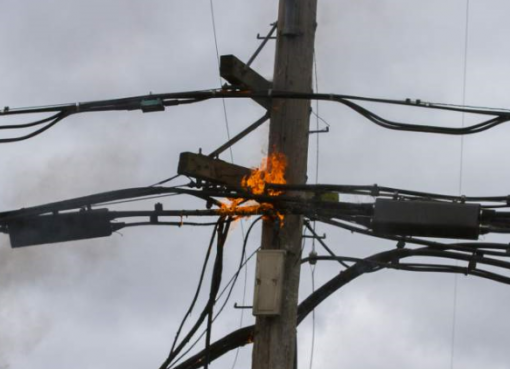Laikipia County government officials and a team from Kenya Plant Health Inspectorate Services (KEPHIS) met on Friday to discuss the invasion of pasture lands by the cactus plant.
The Laikipia Governor, Ndiritu Muriithi and a team from KEPHIS led by its Chairman, Robin Achoki, agreed that the cactus also known as the opuntia plant is becoming a big threat to range land in the area as it has overtaken pastures and browses in Laikipia North Sub County where the main livelihood is livestock.
At Naibunga Conservancy in Laikipia North, the cactus has already taken over 17,000 acres of land with its fast spread being attributed to the arid conditions in the vast area.
Opuntia also commonly known as prickly pear, is a species of cactus that has long been a domesticated crop plant grown in agricultural economies throughout arid and semi-arid parts of the world.
The cactus has displaced pastoral communities and is causing injuries and deaths to both domestic and wild animals in the area.
Governor Ndiritu Muriithi, said the invasion of opuntia in Laikipia north sub County is a night mare for the local residents.
Apart from invading the limited grazing land in the Laikipia North where livestock eat the cactus fruit, the small spines called glochids, lodges in the mouths, throat, stomach and intestine and end up causing infection and deaths.
“We had a meeting with KEPHIS top officials to source for a way on how to manage the invasion of this dangerous plant to animals in our county,” the governor noted.
Achok said his organization is mandated to ensure plant health policies are adhered to.
“KEPHIS is going to work with Laikipia County Government to address various challenges the area facing,” he noted.
He noted KEPHIS is going to work with Laikipia County government to ensure farmer’s plant certified seeds for quality and quantity food production.
By Margaret Kirera



